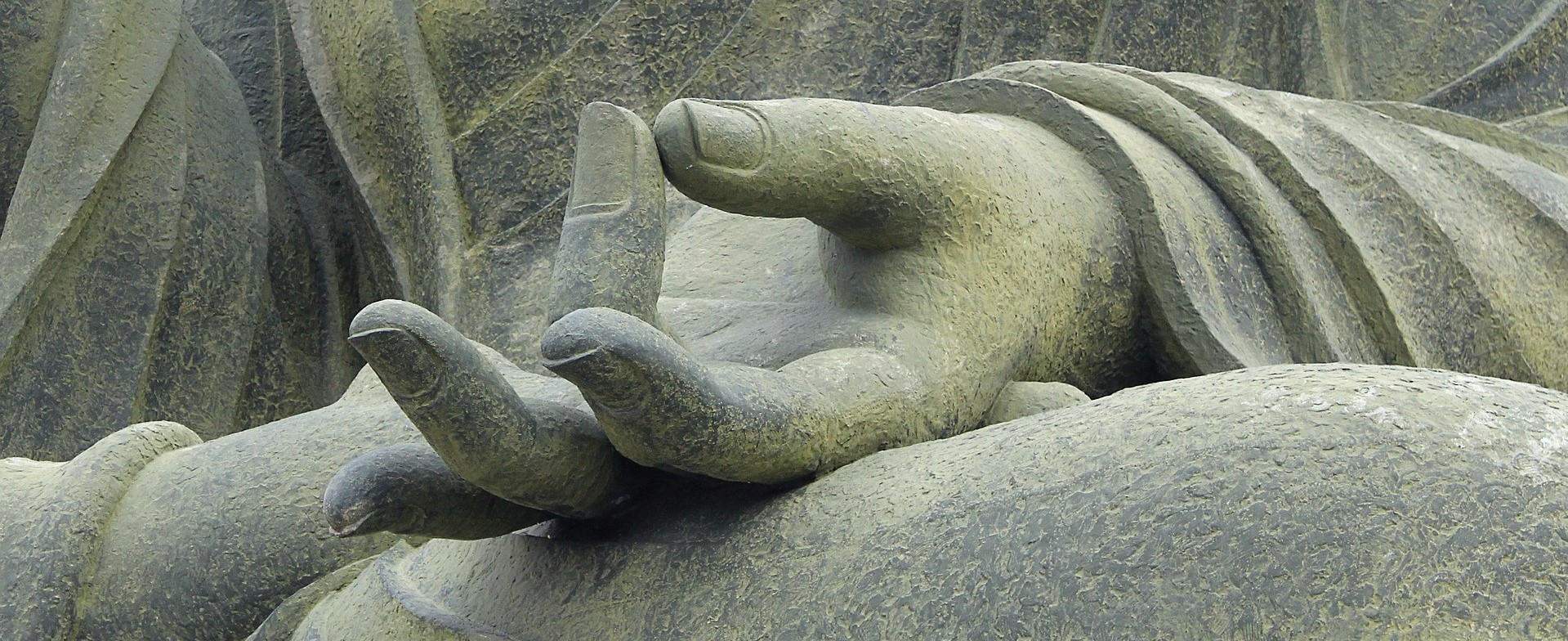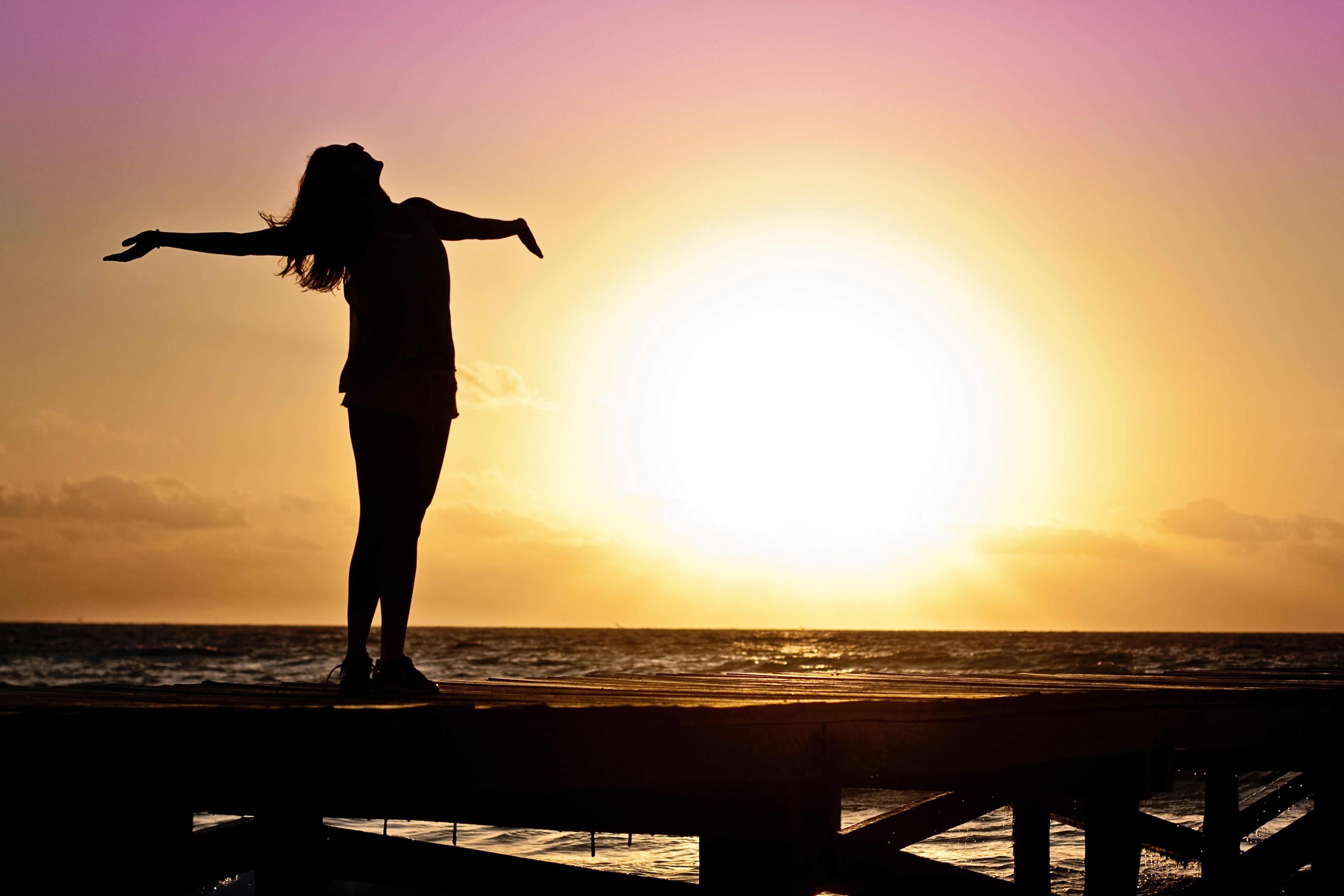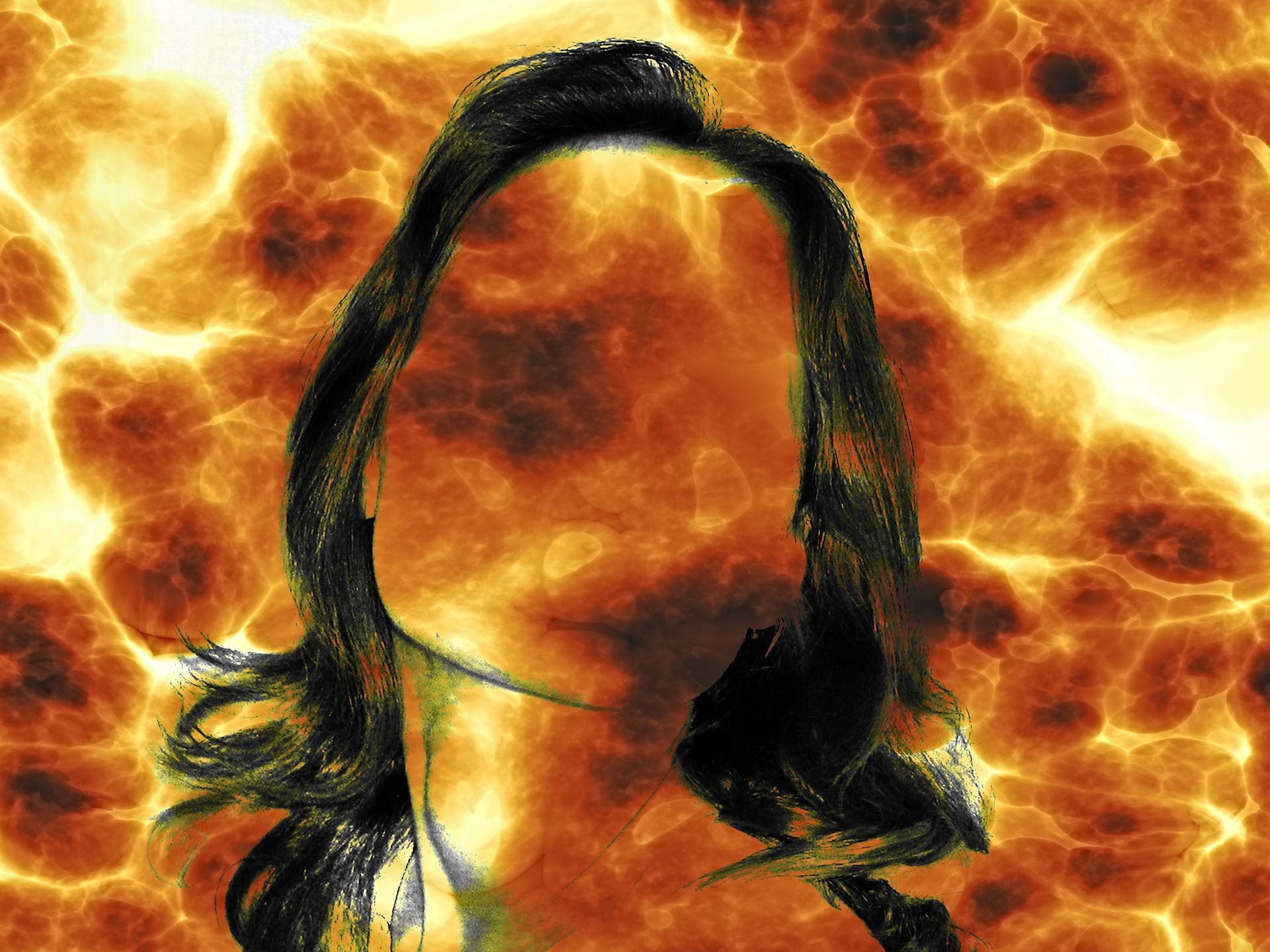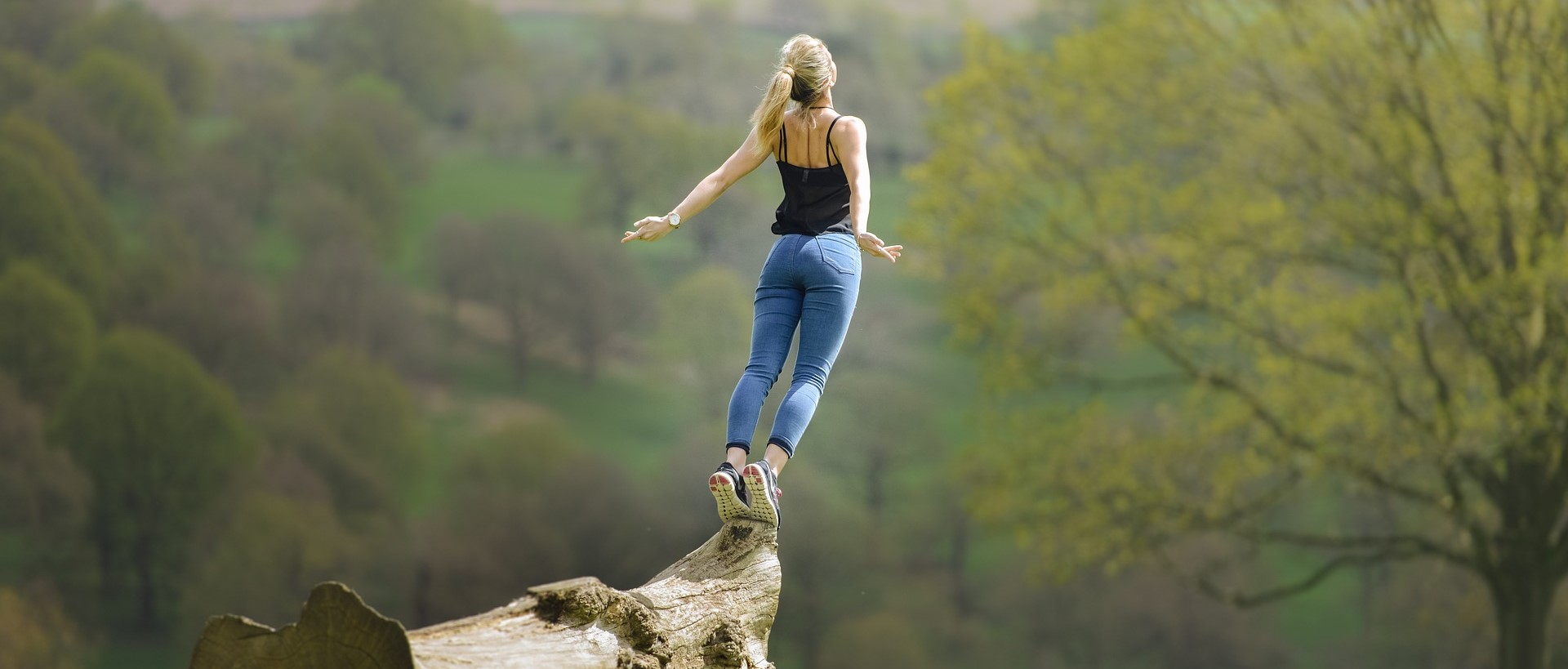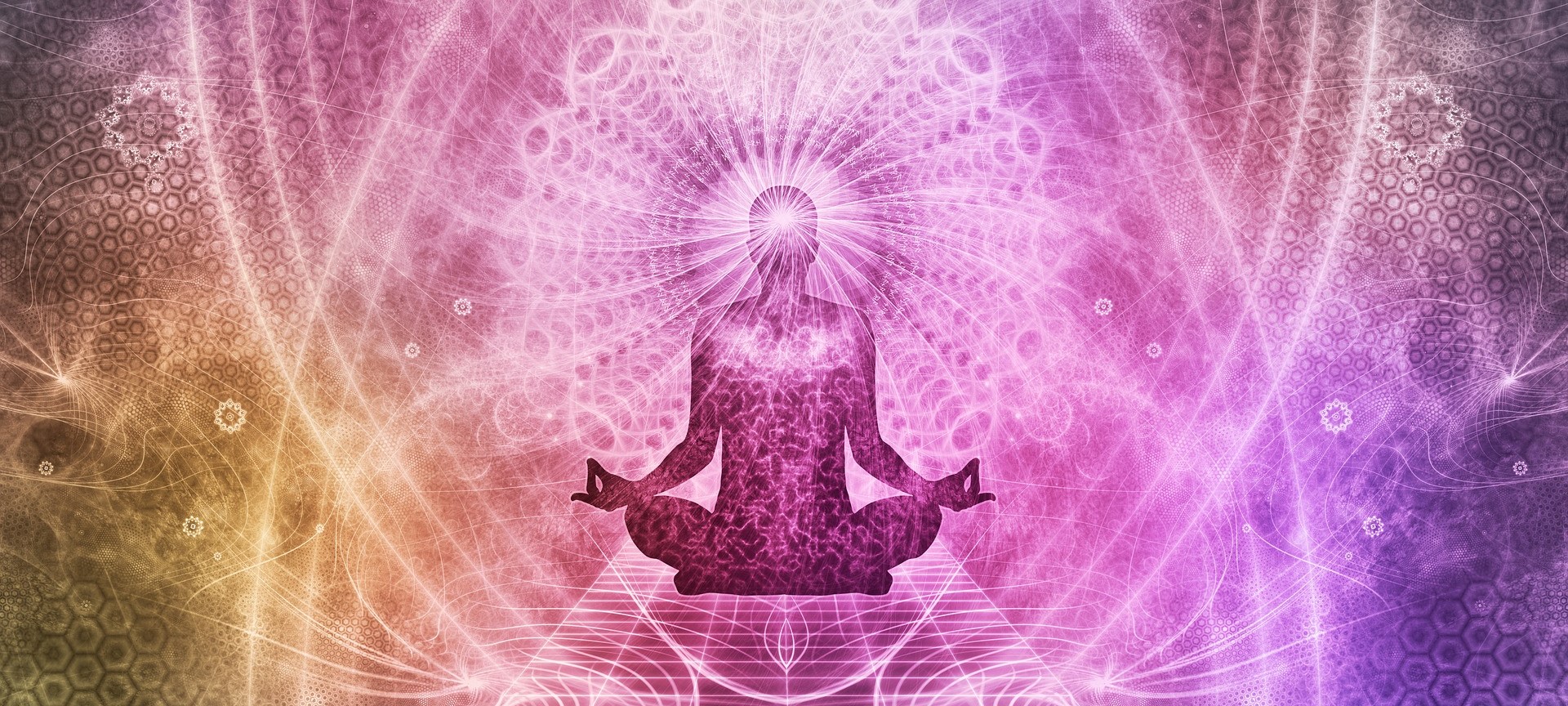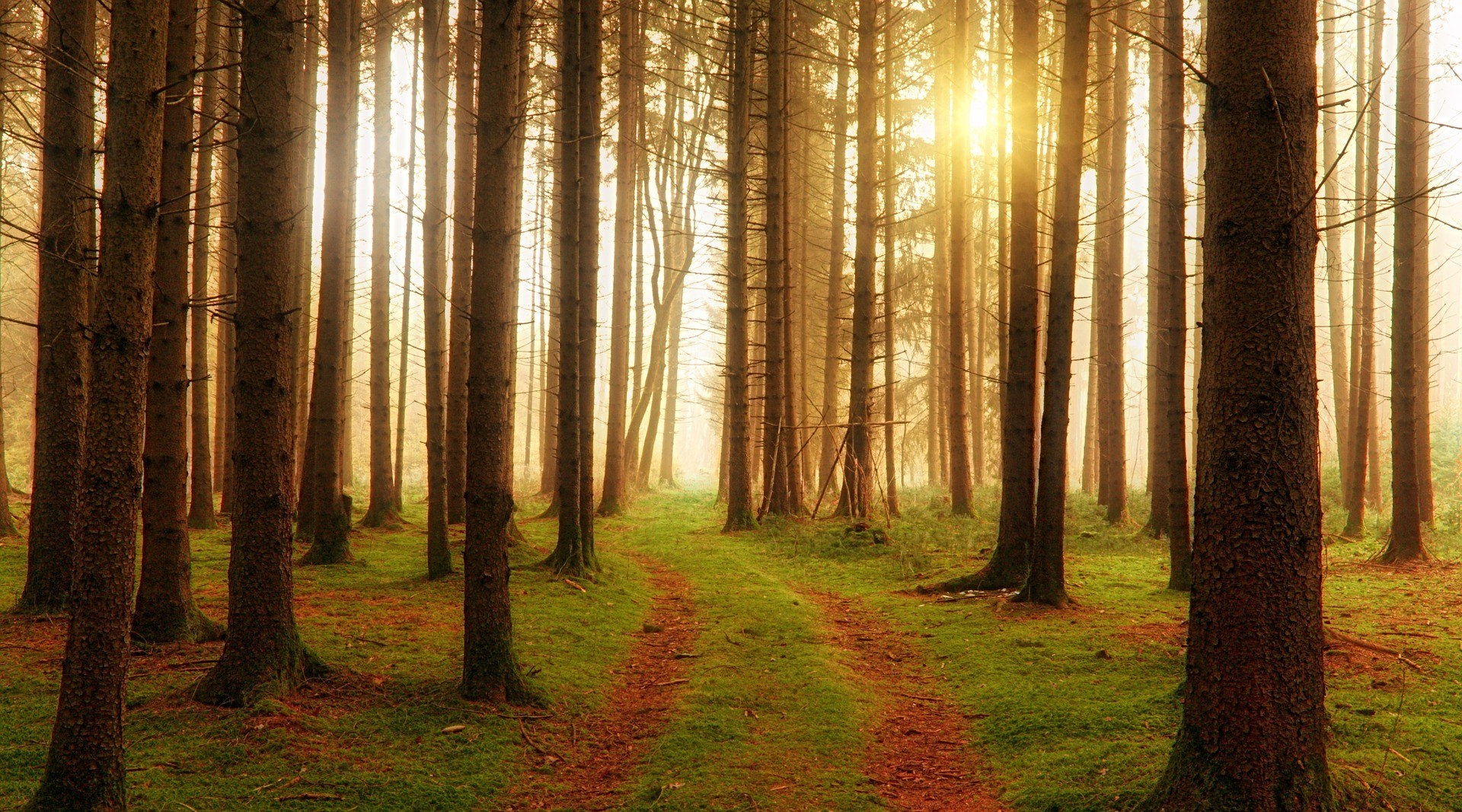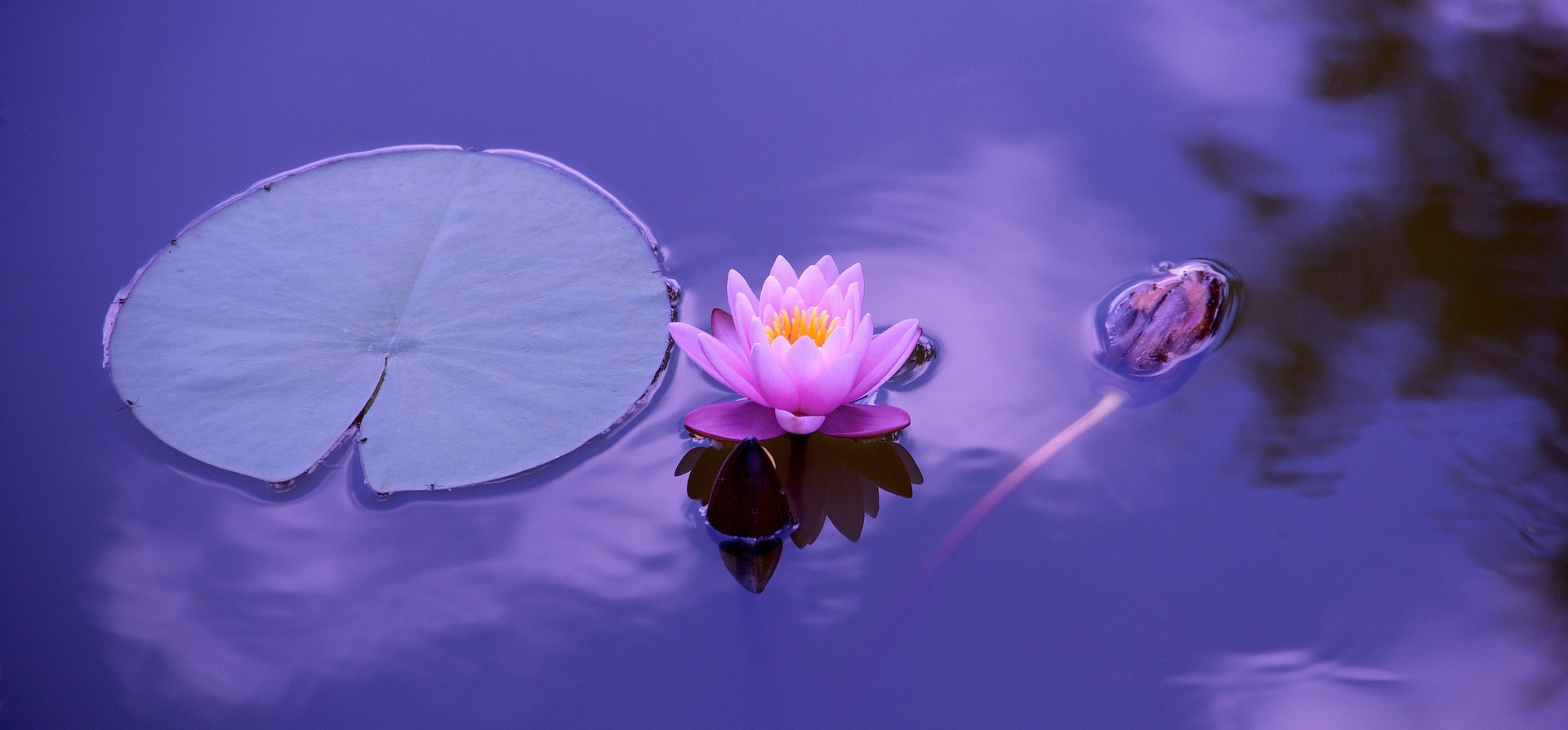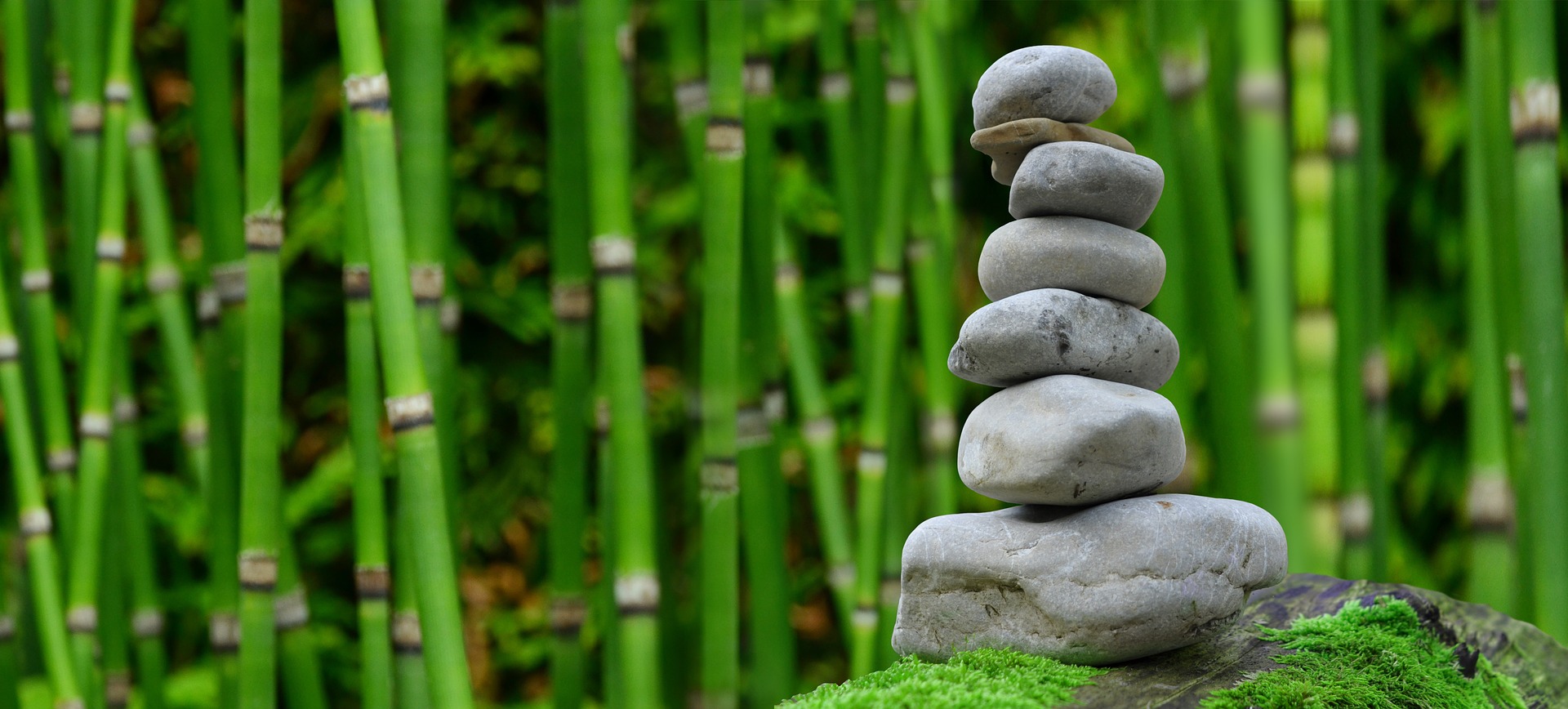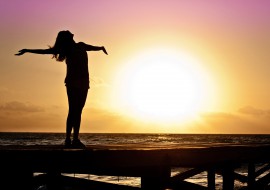These are some of the little gems that I have picked up on my mindfulness journey, and links to other (re)sources that enlarge on my comments Part 2: number 11 to 21
#11 what’s the big deal about being in the present?
Distraction. It’s becoming one of the biggest habits of the 21st century, habitualised as are to TV, the internet, social media, gaming, any activity that takes us “out of ourselves”, which covers a lot of human activity. Even when we sit in meditation, distraction rears itself-we get distracted into the past or the future, we might begin to ruminate over past problems, unfinished business, psychological traumas from the past might be recalled; all this pulls our mood down. Or we might find our thoughts drifting into the future, worrying over what might, what could happen, if this occurred or that…this activates our anxiety, perhaps leading to severe agitation or panic. The last of the three possible distractions is just fantasy, lost in that dreamy romance with the next-door neighbour, or what it would be like to win the lottery. Now all of these distractions have their uses and their evolutionary origins (good to worry about the sabre-toothed tiger who might invade the cave and shut the cave door) but now the distractions around us at epidemic proportions. We can live our lives in a kind of autopilot mode, not truly being in touch with what’s happening right now.
So much of our lives can become unlived by focusing on the past or future.
In the present there are no low moods or anxieties, there is only here and now and a life lived. How to stay in the present? This is where the breath and sound and the body can be used as supports: the breath, sound and the body are here-and-now and nowhere else. Bringing our focus to the same brings us back to the present moment, which is where our life truly is. See https://www.psychologytoday.com/us/blog/your-brain-work/201011/new-study-shows-humans-are-autopilot-nearly-half-the-time
#12 come to your senses
Another way of bringing ourselves to the present moment is by taking our attention to our senses. We tend to forget about these: touch, taste, smell, sight and hearing, yet the plethora of sensory events as we go about our world is vast indeed. We can bring a mindfulness of senses to our walking, even in a city we can focus on what we can smell on rain washed streets, see (and we can raise our eyes upwards) above department stores, taste as we walk past a street vendor selling food, touch as we walk through doorways, the concrete feel of buildings, walls. We can then apply this to a walk along the beach, in nature; the world is full of colour, scents, sights, sounds, textures and tastes to enchant our senses. See http://innerspacetherapy.in/mindfulness/mindfulness-exercises-senses/
#13 mindfulness: can it be bad for my health?
Every so often in the press an article will be written about how mindfulness can be “bad” for your mental or emotional health. Participants who go on 10-day retreats and/or 8-week mindfulness courses are interviewed after they have had bad experiences. Normally these folks have never had any so-called mental health problems before, proof that mindfulness “caused” their problems. Let’s unpack this a little. One of our habitual reactions when experiencing threat of any kind is both fight or flight-or freeze-and also one of suppressing the “response to the response”. We don’t always realise we are doing this, and it’s really part of our sympathetic nervous system which gets activated to protect us from threat. The problem is, long after the threat is gone, the suppression stays, and we live in a kind of unaware emotional or cognitive freeze. Mindfulness helps to thaw this out (psychotherapy helps, good relationships also help) and those folks who have suppressed difficulties in their lives might experience further difficultly practising mindfulness when the suppression lifts and the thaw occurs. Mindfulness is about awareness, not peace and calm: these are by products of mindfulness. But, crucially, mindfulness is not the cause, the cause is our unconscious threat system and the suppression that became a habit a long time ago. See https://greatergood.berkeley.edu/images/uploads/Keng-Mindfulness_Review_and_Conceptions.pdf
It’s important, therefore, when participating in a mindfulness course (as with any workshop or programme in self-development) to check it out first. Do some homework, look up the course leader and check him/her out. Call the course leader for a chat about the programme. Don’t do it alone, do dip your feet in the waters first (don’t plunge into a 10-day silent retreat) and make sure it is being delivered by a recognised teacher with plenty of experience. The UK has a listing of recognised affiliates who adhere to the mindfulness Good Practice Guidelines at www.ukmindfulnessnetwork.co.uk
#14 come to your body
James Joyce’s famous line in Dubliners “Mr Duffy lived a few feet away from his body” neatly sums up a whole raft of profound issues for most of us in The West: we live too much in our heads. Arguably, this starts at school, where cognitive results are privileged and prized before emotional or relational ones. The result is we’re too top heavy and at times deeply disconnected from our bodies. The American philosopher Ken Wilber contends that though we feel at times we are “losing our minds” we are not; it’s our bodies that we lost a long time ago, and the Belgian couples therapist Esther Perel suggests that our connection to our life, Eros, is arrived at from “the restoration of the body”. Mindfulness encourages us to develop a closer, more intimate relationship with our body, and in the mindfulness meditation the body scan, to experience the body from top to toe and from inside to outside. We are invited to begin recognising that we don’t “have” a body, we “are” a body and we can listen and relate more fully to our own embodied connection with ourselves and the world at large. This is often called proprioception, our sixth sense, a felt sense of awareness or presence. See http://dharmawisdom.org/teachings/study-guides/mindfulness-body
#15 from content to nature of mind
We all have a story, we all have a context in which we live; in fact, we all have multiple stories and contexts, ever enlarging with our lived experience. My story is not your story, nor yours mine. The content of our stories are very different and would appear infinite in variation. Yet our natures are very much the same, and it is here where mindfulness takes our attention, our awareness to. For example, we all have different stories but we all create stories, this is in the nature of our minds. We all have a habitual tendency to like, dislike or find things neutral, and we all have wanting minds that are rarely satisfied. Mindfulness brings us into a kinder, more intimate relationship with the nature of our minds; we are then freer to respond more clearly to our stories, seeing them as just that. The American writer Gangaji invites us to “stop telling our story right now [and] you can wake up in the dream of your life.” Perhaps all of the content of our minds are just stories, not the fullness of us. See http://vividlife.me/ultimate/22087/read-what-is-your-story-by-gangaji/
#16 trust your guts
Our body is actually composed of more bacteria than cells and most of those bacteria reside in our gut, which is sometimes called the enteric brain. Emotional and psychosocial factors can-and will- trigger symptoms in the gut, and its arguable that we receive these gut sensations before we process them as thoughts. Our gut microbiota play a vital role in our physical and psychological health, if we pay attention to the messages sent. It is clear that the brain and the gut are intimately connected; most of us can relate to the experience of having butterflies in our stomach, or to a gut-wrenching feeling, and we are often told not to ignore our “gut reaction”” when feeling unhappy or disconcerted about something. Our thoughts and emotions can trick us, but our guts are generally truth tellers extraordinaire. So, bring a mindful awareness to what your gut is telling you, the sensations playing out; physical, emotional and cognitive health are all fundamentally connected. See https://sagecareercoaching.com/mindfulness-and-your-gut-how-they-can-work-together/
#17 learn to cook
Most of have incredibly busy lives and are used to getting things done fast and making progress quickly. Mindfulness tends not to occur this way, and though you might feel quite different after a weekend workshop, it will probably take years for real change and a feeling of stability in that change to occur. So, we must learn to cook, and what we are cooking is ourselves, our practice. And just as a real cook has learned both the right ingredients and the right cooking skills over years, and patience and timing in his or her repertoire, so it would be wise for us to have the same in our mindfulness practice. We can find ourselves rushing to teach mindfulness after a few months of practice, and we might find at work our manager asking us to take the staff through mindfulness at work exercises: all these things are to be resisted. Practice on your own, in silence, in a group, and let your practice develop, mature and season. Sit, and sit some more. See http://www.rachaelkable.com/blog/6-mistakes-you-can-make-on-your-mindfulness-journey
#18 find your teacher
Essentially a good teacher is a good map that helps you navigate the territory you are exploring in mindfulness. A good teacher should have a number of qualities: a sense of embodied practice, that they speak from the heart and from their depths, not from a notebook or by rote. They should have a sense of humour, a highly developed sense of compassion and insight into human nature and you should feel that they are here from you. It is not uncommon for students in this capacity to feel they are falling in love (devoted) to their teacher, yet at the same time the teacher should encourage you to question what they say and be largely non-defensive about this. A good teacher will have a sense of lineage about them; for example, my teacher Rob Nairn has a connection with the Tibetan Buddhist Kagyu tradition. I feel he has roots in this respect and is guided by wise guides himself. Your teacher should be your teacher, and you should be wary of taking on others teachers who do not fit you. Of course, books can be great teachers, and your teacher might be in another country-you might never meet them, and that’s okay, it’s not really them but the quality of teaching that might matter most. See http://oxfordmindfulness.org/news/know-someone-teaching-mindfulness-course-appropriately-trained/
#19 why bother doing mindfulness?
There comes a point for nearly all of us where we feel a little stale in our practice; we’re on the cushion we’re off the cushion and nothing really is happening new. Why bother? Our intention to practice, and our motivation to practice mindfulness is here crucially important: simple question to ask yourself, why am I practising mindfulness? keeping this question (and you don’t really need to have or get an answer) keeps the practice fresh-there is no right or wrong answer to the question, and the of you get an answer it may change over time (your motivation might change). Bring your awareness again and again to your motivation, it keeps your practice vivid, meaningful and alive. See https://www.mindful.org/meditate-with-intention-not-goals/
#20 beware the inspirations!
Beware and keep in a doubting frame of mind regarding the cliched, pithy takes on mindfulness that seem to have it packaged as a stressbusting course or appear in social media as “inspirations”. Take a deeper dive into the practice, lookup some Buddhist teachings around dharma or the neuroscience surrounding mindfulness. There is a depth to mindfulness that most blogposts don’t even approach. Take your time to find the depth in mindfulness’ two and a half thousand-year lineage, it will pay you back hugely. See https://en.wikipedia.org/wiki/Mindfulness
Bonus: #21 practice breath by breath
By focusing on the inbreath and the outbreath in a fuller way, letting the breath travel down to the belly, we can become aware of our mind’s tendency to jump around from one thing to another, often known as “monkey mind”. This simple practice of breathing in and breathing out brings us back to the present moment and all the experience therein. We can also place a little more attention on the outbreath, this focusses our attention on our parasympathetic nervous system, or the part of that is calming, brings a sense of peace and spaciousness to our being. This allows us not only to be in the present moment, moment by moment, but also to allow our unsettled mind to settle, like snow inside a snowglobe, to develop a closer relationship to our embodied nature, in relating to ourselves and the world in amore calm, clear way. Practice your mindfulness one breath at a time. See http://socialwork.buffalo.edu/content/dam/socialwork/home/self-care-kit/breathing-in-thich-nhat-hanh.pdf
